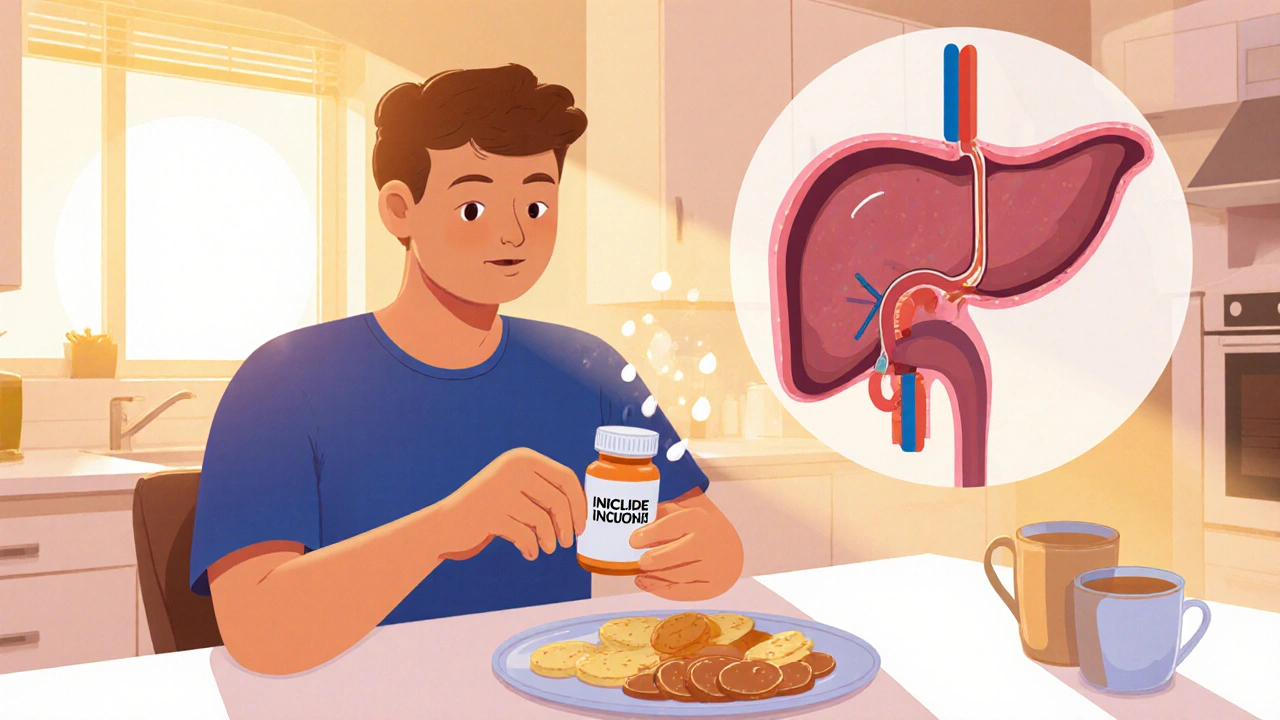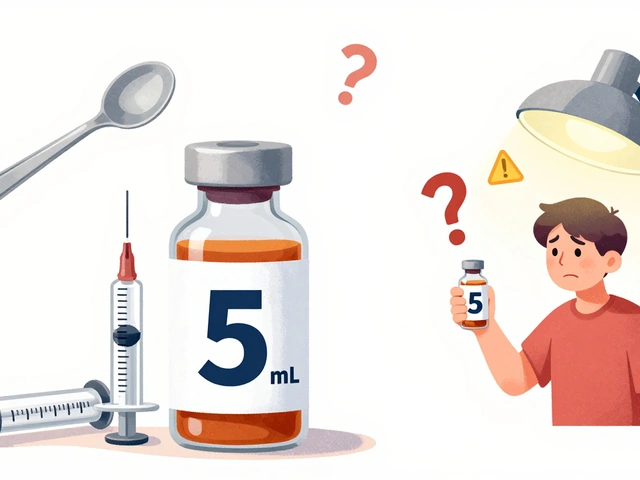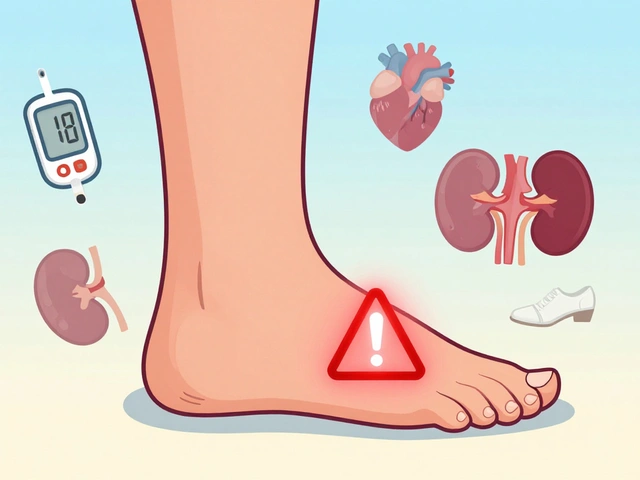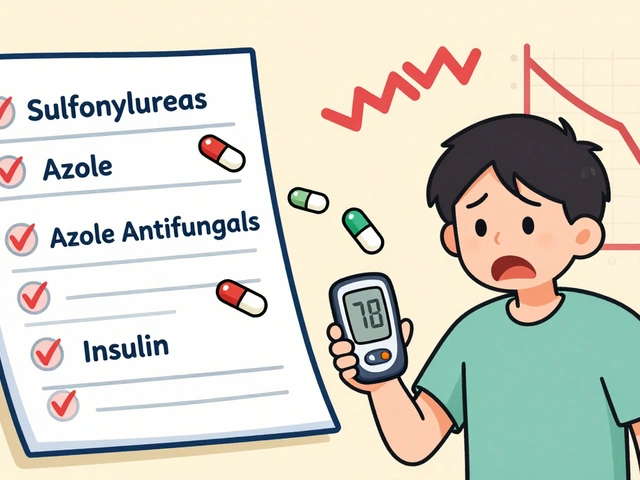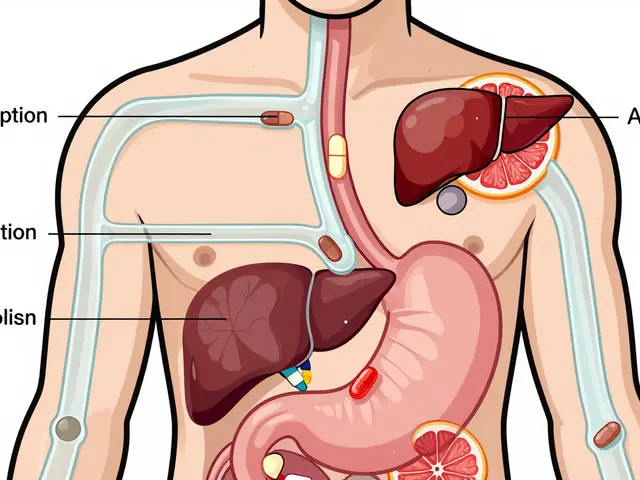Glipizide – What It Is and How It Helps Manage Diabetes
When working with Glipizide, an oral medication that lowers blood sugar by stimulating insulin release. Also known as Glucotrol, it belongs to the Sulfonylurea class, a group of drugs that act on pancreatic beta cells. Glipizide is mainly prescribed for Type 2 Diabetes, where the body either resists insulin or doesn’t produce enough. The drug’s main job is to push the pancreas to release more insulin, which then helps lower the high blood glucose levels that characterize this condition. Because it forces insulin out, patients must keep an eye on their blood glucose monitoring results, as rapid drops can lead to hypoglycemia. In short, glipizide → sulfonylurea → insulin release, and insulin release → lower blood sugar, while poor monitoring → hypoglycemia risk.
How to Use Glipizide Safely
The typical starting dose is 5 mg taken once daily with breakfast or the first main meal. Doctors may increase the dose gradually, but they rarely exceed 40 mg per day. Taking the pill with food helps avoid sudden spikes in blood sugar and reduces stomach upset. Because the drug stays active for about 24 hours, if you miss a dose, skip it rather than double‑up; this prevents an overload of insulin and a dangerous drop in glucose. Many patients combine glipizide with lifestyle changes—regular exercise, a balanced diet, and weight control—to boost its effectiveness. If you also use insulin or other diabetes meds, your doctor will adjust the plan to keep the blood sugar target in range without pushing it too low.
Common side effects include mild nausea, headache, and occasional dizziness. The biggest concern, however, is hypoglycemia, especially if you skip meals, drink alcohol, or take more medication than prescribed. Signs of low blood sugar are shakiness, sweating, rapid heartbeat, and confusion; treating it quickly with a glucose tablet or fruit juice can prevent serious complications. For those who experience frequent hypoglycemia, doctors may switch to a different class of drugs, such as DPP‑4 inhibitors or SGLT2 inhibitors, which have a lower risk of low blood sugar. Keeping a log of meals, activity, and glucose readings helps you and your healthcare team fine‑tune the dose. Below you’ll find a curated set of articles that dive deeper into glipizide’s mechanism, dosing strategies, side‑effect management, and how it fits into broader diabetes care.
Sulfonylureas and Hypoglycemia: Understanding Low Blood Sugar Risks and How to Prevent Them
Sulfonylureas are effective for type 2 diabetes but carry a high risk of dangerous low blood sugar. Learn which drugs are safest, how to prevent hypoglycemia, and what to ask your doctor if you're on one.
Glucotrol XL (Glipizide) vs Alternatives: In‑Depth Comparison for Type 2 Diabetes
A detailed side‑by‑side look at Glucotrol XL (glipizide) and its main alternatives, covering mechanisms, dosing, costs, and how to choose the best option for type 2 diabetes.


